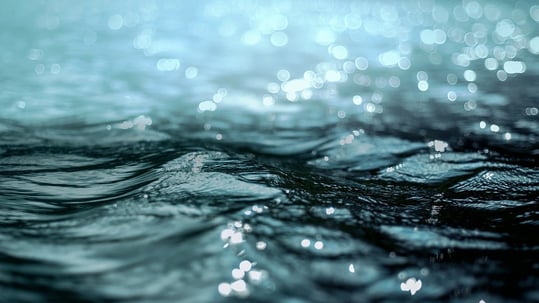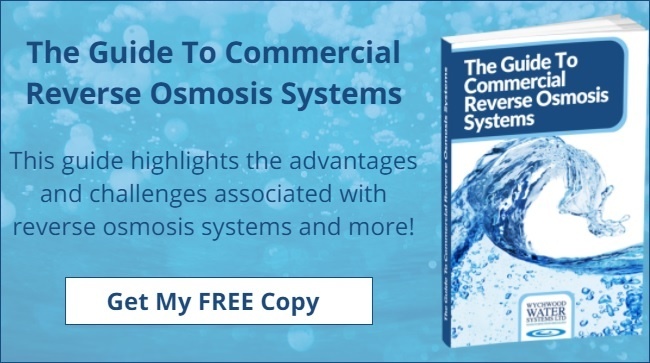
Different facilities require different industrial water treatment processes. Industrial deionisation is one method of purifying water that can work with virtually any facility. Deionisation removes contaminants using chemically-charged resins that attract negative and positive contaminants, (ions).
Deionisation is ideal for removing metallic impurities and other contaminants like sodium from water. The systems can exist in more than one format. For example, resins can reside together in something called a mixed bed, or can reside in their own individual chambers, ( Cation and Anion).
Cost Benefits Of Industrial Deionisation
Deionised water systems offer much in the way of cost benefits. Not only do they tend to be less expensive to install than other purification options, but industrial DI systems also cost less to purchase outright. DI systems also require less consumable materials to operate.
Where it comes to energy and water usage, industrial DI systems are incredibly efficient, using less electricity and allowing a higher amount of water recovery than other systems.
Time Benefits Of Industrial Deionisation
There are also many time-related advantages of having an on-site DI water system. For example, the ability to produce your own deionised water as needed means no waiting for purified water to be delivered to your facility. Related to this is the fact that your employees save more time, as they don’t have to constantly monitor production to try and predict when more water will be needed.
Reduced downtime is another benefit of having an industrial DI system on site. Pure water can be produced when or as needed, eliminating the need to shut down production until sufficient water is available.
Reverse Osmosis
Reverse osmosis (RO) is often an integral part of industrial DI, as it provides a way to pre-treat water. Deionised water filters require water that’s as contaminant-free as possible, and RO can provide this.
Reverse osmosis differs from DI in that it first agitates the water, and then forces it through semi-permeable membranes, which trap contaminants on one side as purified water continues through to the other side. The semi-permeable membranes of industrial RO systems are also chemically-charged, but this method of water treatment removes organic contaminants from water at the ion level. RO removes ethanol, bacteria and mineral salt.
The membranes of industrial RO systems are sensitive to chlorine, which can damage and render resins unusable. Therefore, any water which enters an industrial RO system must be chlorine-free.
The Costs Of RO
Reverse osmosis can be a costly option for facilities requiring water that’s safe for electronics, pharmaceutical or food and drink manufacturing. Businesses requiring water at high purity levels will likely need to invest in other water treatment systems such as ultraviolet or heat sanitisation to ensure that no bacteria or other contaminants enter water.
Because RO membranes can become scaled, they may sometimes require large amounts of costly chemicals to clean their semi-permeable membranes. As well, RO can result in costly high water losses for a facility, discharging as much as 76 litres of waste water for every litre of purified water produced.
Making The Right Choice Of Industrial DI System
When you need to determine which DI system is best for you, our team at Wychwood Water is here to help. The good news is that you can get all of the advice you need right now when you download our Guide to Industrial Water Purification Systems. This free guide reveals all you need to know about your industrial water filtration options. However, if you want more information, we are always available via email at sales@wychwood-water.com.









 We are a specialist independent company involved in water purification and water treatment technologies
We are a specialist independent company involved in water purification and water treatment technologies


